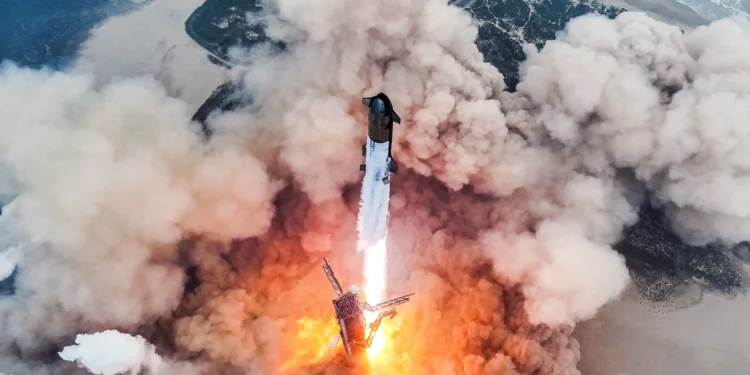At this year’s International Astronautical Congress (IAC) in Milan, the buzz was all about a feat of engineering accomplished not in the packed halls of the convention center, but thousands of miles away in Boca Chica, Texas.
The spectacle of SpaceX’s Starship/Super Heavy vehicle completing its fifth test flight was more than just another successful launch; it demonstrated the Super Heavy booster’s groundbreaking return to the launch site and its subsequent catch by mechanical arms of the launch tower. This key development is vital for achieving the rapid reusability SpaceX envisions, which is essential for future missions like NASA’s Human Landing System (HLS) program.
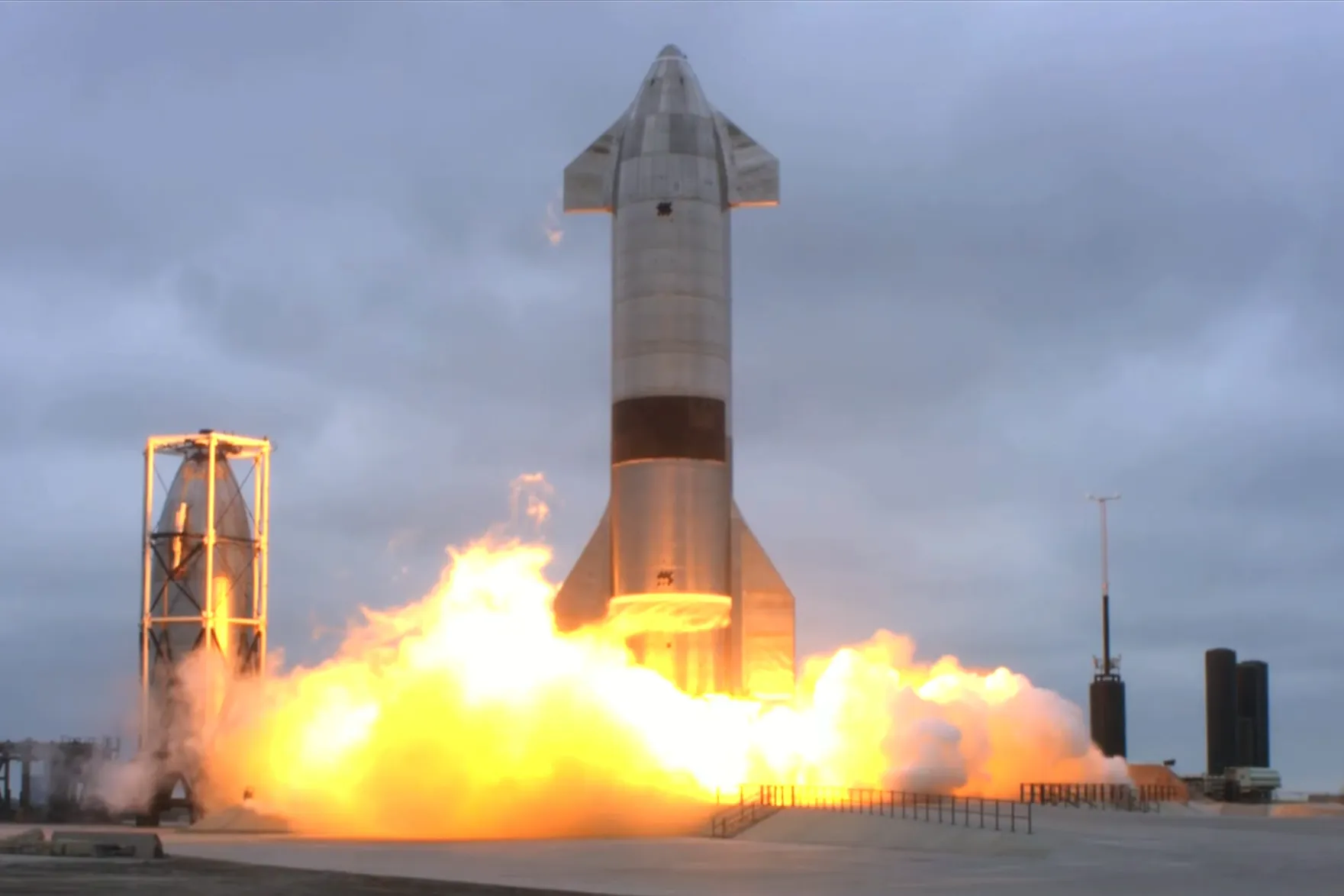
NASA Enthusiastic About Progress for Artemis Missions
NASA Administrator Bill Nelson expressed his approval of the developments at an IAC plenary, noting, “Just yesterday, SpaceX had a very successful fifth launch as they developed this enormous rocket. This was another one of the steps in the iteration of developing that.” His comments underscore the importance of these advancements in keeping the Artemis 3 mission, aiming for no earlier than September 2026, on schedule.
Europe’s Mixed Reactions to SpaceX’s Strides
While SpaceX’s innovation drew applause and admiration, it also stirred a mix of emotions across the Atlantic. As Europe continues to reel from its own “launcher crisis,” the success of SpaceX has laid bare the widening gap between its capabilities and those of European space ventures. Rocket Factory Augsburg’s candid reaction on social media highlighted this sentiment effectively: “Congratulations to SpaceX, what an incredible feat of engineering! Mars, here we come. At the same time, the coin has a second side: it shows and confirms that Europe has completely lost touch. Can it still catch up? No chance. At least not the way things are going at the moment.”
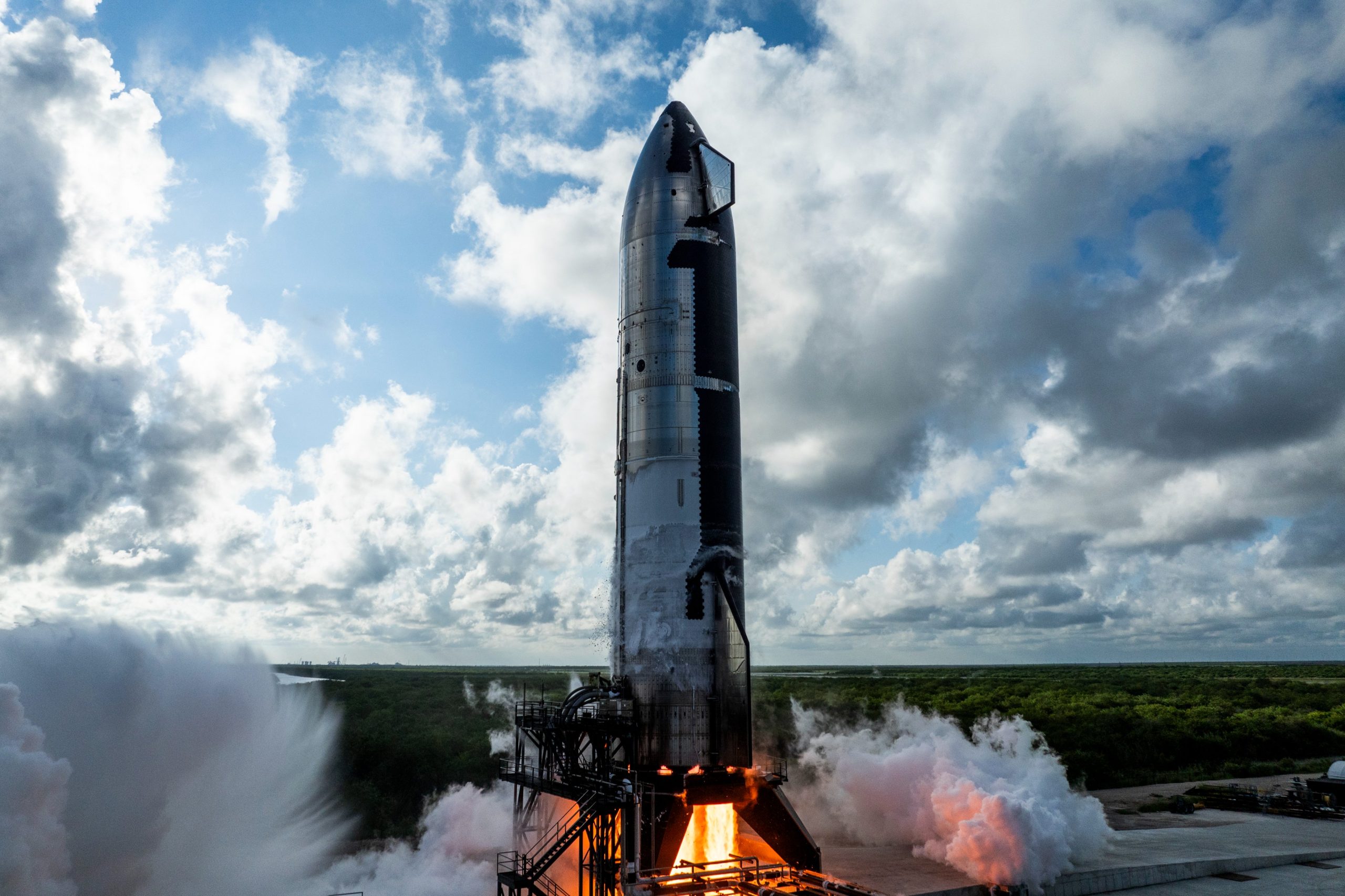
Positioning Europe in the New Space Economy
This sense of urgency is echoed by European Space Agency (ESA) Director General Josef Aschbacher, who, while fascinated by SpaceX’s launch, questioned what this meant for Europe. He stated, “I then have to think, what does it mean for Europe, and to see what would be the change in the landscape and the ecosystem, and what do we need to do.” Amidst these challenges, Aschbacher remains hopeful, emphasizing that Europe should leverage the changes enabled by such technological advancements to reposition itself in the evolving space economy. He suggested a strategic pivot rather than direct competition with Starship, focusing on how Europe can thrive by adapting to the broader changes in how space is utilized and managed.
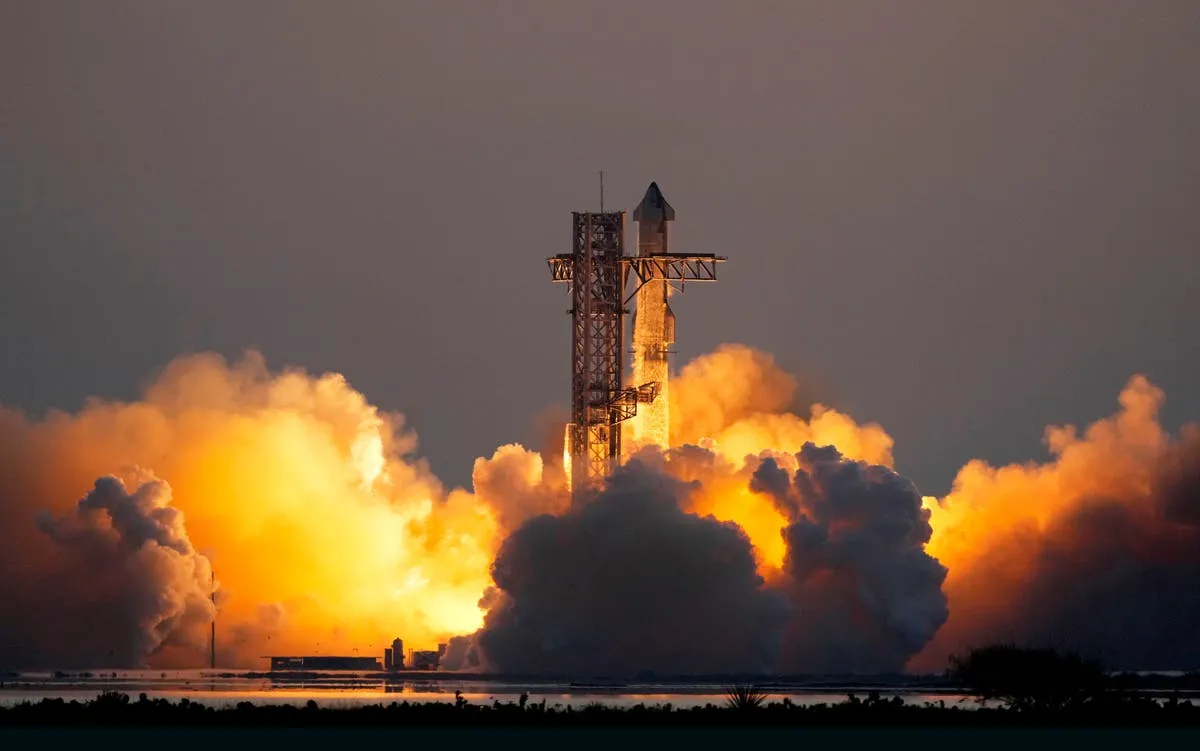
Global Trends Toward Reusability
The trend towards reusability was a common thread in discussions at the IAC. S. Somanath, chairman of the Indian Space Agency, pointed out that the Indian government has recently approved the development of the Next Generation Launch Vehicle (NGLV) with a reusable booster. Expected to take six years to develop, this reflects a global recognition of the importance of reusability in reducing costs and increasing the frequency of launches.
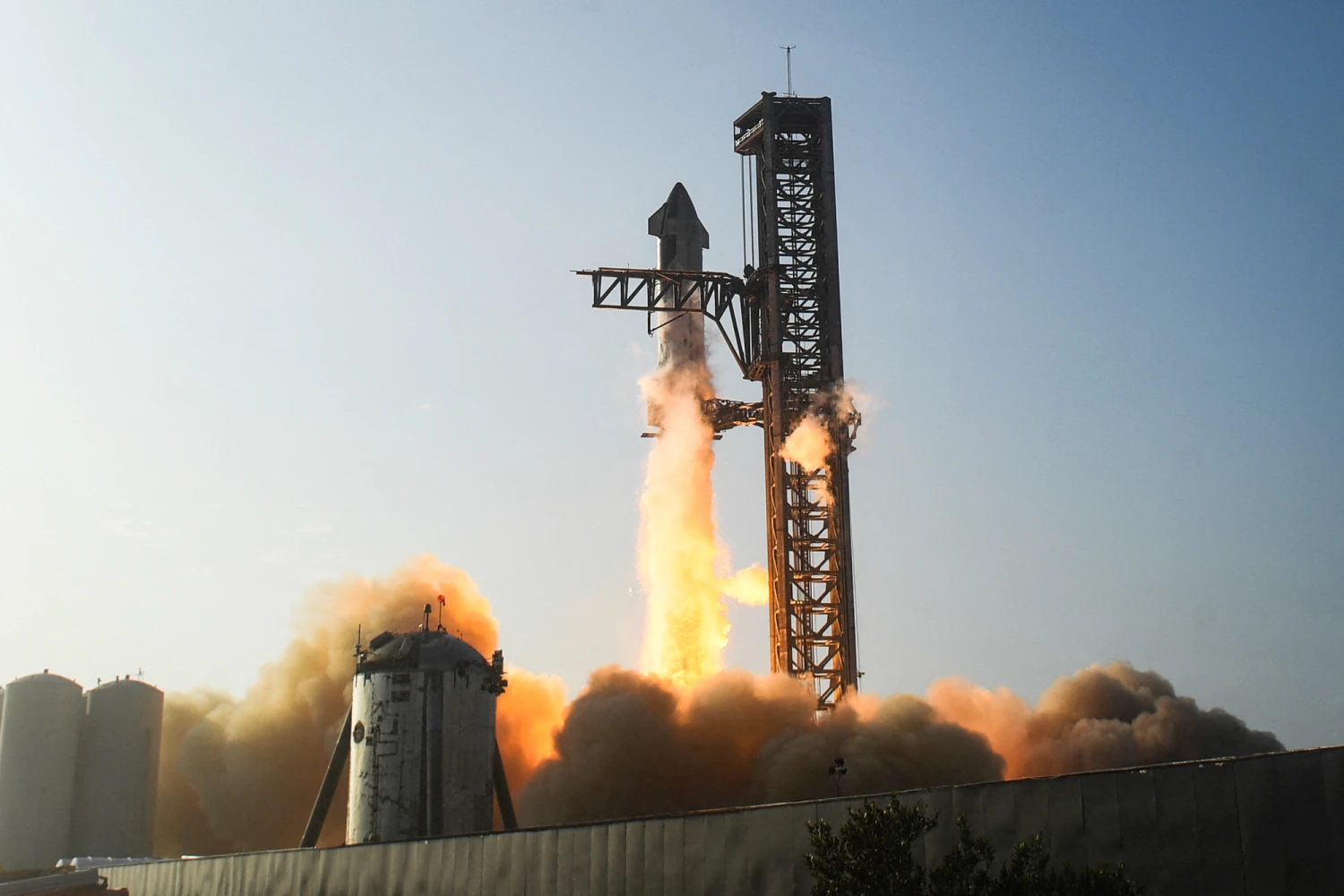
As SpaceX continues to redefine the boundaries of what’s possible in space travel, the global space industry is prompted to reassess its strategies and capabilities. With Europe seeking ways to stay relevant and competitive, and other nations like India investing in new technologies, the landscape of space exploration and utilization is undoubtedly shifting. This dynamic evolution promises exciting developments in the years to come, as humanity reaches further into the cosmos.

